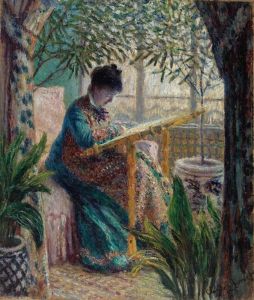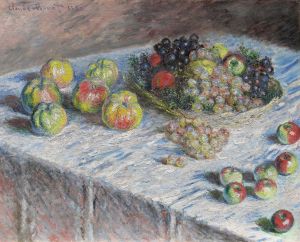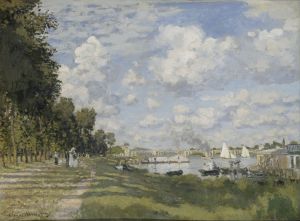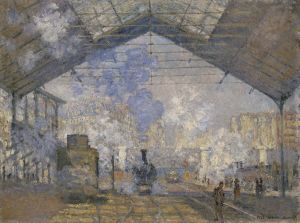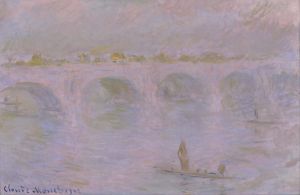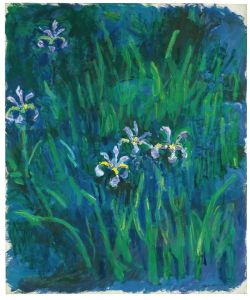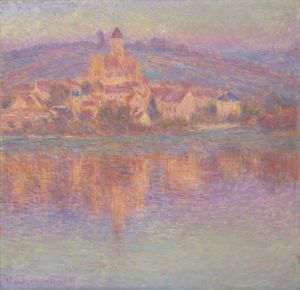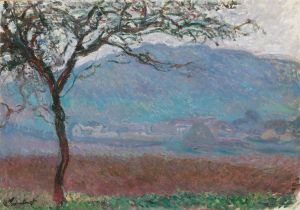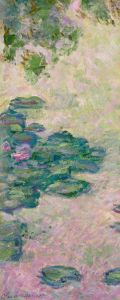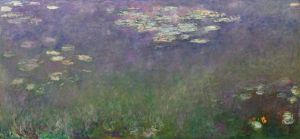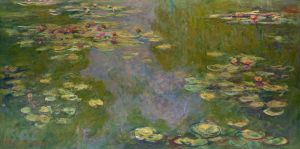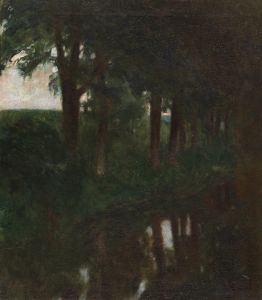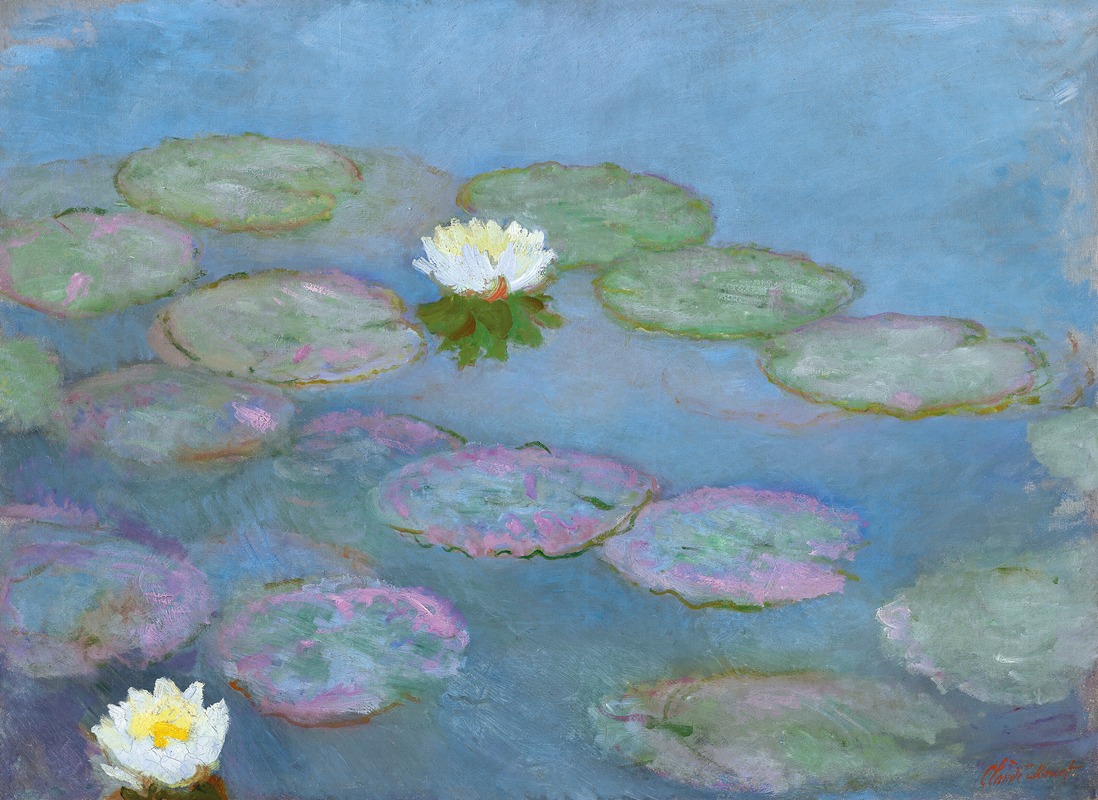
Nymphéas
A hand-painted replica of Claude Monet’s masterpiece Nymphéas, meticulously crafted by professional artists to capture the true essence of the original. Each piece is created with museum-quality canvas and rare mineral pigments, carefully painted by experienced artists with delicate brushstrokes and rich, layered colors to perfectly recreate the texture of the original artwork. Unlike machine-printed reproductions, this hand-painted version brings the painting to life, infused with the artist’s emotions and skill in every stroke. Whether for personal collection or home decoration, it instantly elevates the artistic atmosphere of any space.
The Nymphéas (Water Lilies) series by Claude Monet is a collection of approximately 250 oil paintings created by the French Impressionist painter during the last three decades of his life. These works depict Monet's flower garden at his home in Giverny, France, and are celebrated for their innovative approach to light, color, and composition. The series is considered one of Monet's most significant contributions to the Impressionist movement and to modern art as a whole.
Monet began painting the Nymphéas series in the late 1890s and continued working on it until his death in 1926. The paintings primarily focus on the surface of the water in his garden's pond, capturing reflections of the sky, clouds, and surrounding vegetation, as well as the water lilies themselves. Monet's use of loose brushstrokes and his emphasis on the interplay of light and color create a sense of movement and atmosphere, drawing viewers into the tranquil yet dynamic world of the pond.
The Nymphéas series was deeply influenced by Monet's personal connection to his garden, which he designed and cultivated with great care. In 1893, Monet purchased land adjacent to his property in Giverny and transformed it into a water garden, complete with a pond and a Japanese-style bridge. The garden became a central source of inspiration for his later works, and the water lilies served as a recurring motif in his art.
One of the most notable aspects of the Nymphéas series is its departure from traditional compositional techniques. Many of the paintings lack a clear horizon line or focal point, creating an almost abstract quality. This approach was groundbreaking at the time and influenced later movements such as Abstract Expressionism.
Several large-scale panels from the Nymphéas series were installed in the Musée de l'Orangerie in Paris, where they are displayed in two oval rooms designed specifically to showcase the works. Monet donated these panels to the French state in 1922 as a symbol of peace following World War I. The installation at the Orangerie, completed in 1927, offers an immersive experience, allowing viewers to be surrounded by the serene and expansive imagery of the water lilies.
Today, individual paintings from the Nymphéas series are held in major museums and private collections around the world. The series remains a testament to Monet's mastery of capturing the ephemeral beauty of nature and his ability to push the boundaries of artistic expression.





